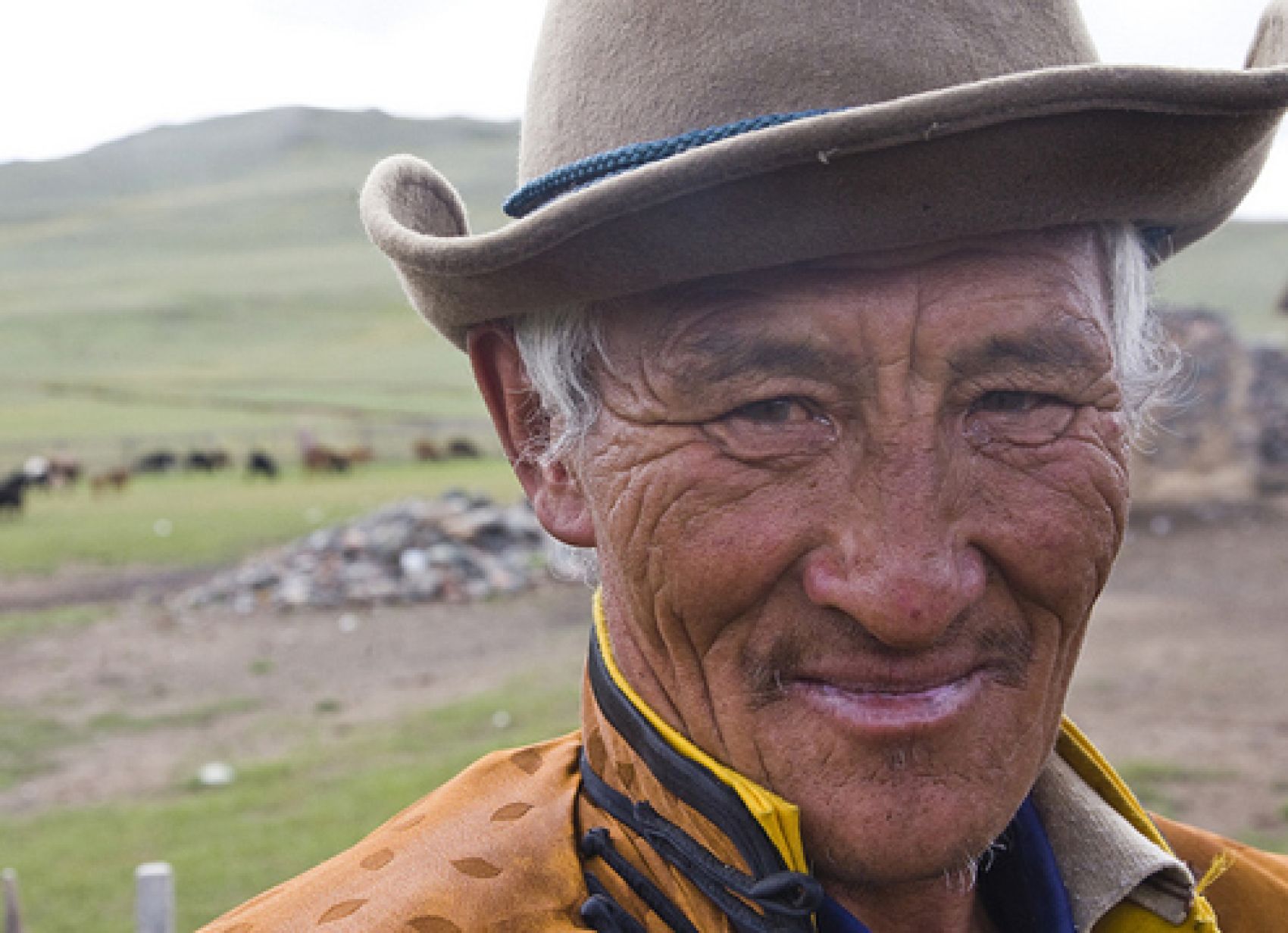Our world is rapidly ageing. By 2050, our planet will be home to twice as many people aged 60 or more than there are today. At the same time, the population aged 80 or more will triple in size, according to UN Division for Economic and Social Affairs’ 2017 Revision of the World Population Prospects.
Even sub-Saharan Africa, a region better known for its youthful populations, is experiencing population ageing, with an expected tripling of its population 60 years and over from 64 million older women and men today to 220 million by 2050.
These trends will have a profound impact on the implementation of the 2030 Agenda for Sustainable Development globally and even more so in sub-Saharan Africa. The world’s integrated efforts to eradicate poverty, ensure quality healthcare and reduce gender inequalities will need to be planned for a very different population than the one we know today.
While the international community has acknowledged these global demographic shifts, little has been done to recognize that older women and men are as diverse as any other age groups. Today’s often common practice of either ignoring older persons altogether in development discussions or lumping together everyone over the age of 60 as if age and gender gaps suddenly disappeared on our 60th birthdays needs to change.
To better understand the challenges and opportunities faced by older persons, women and men, and to assess their economic, social, health and cultural conditions, data is crucial. We need to develop systematic data analysis, disaggregation and collection approaches and methodologies to fill these data and evidence gaps at all levels.
What can be done to bridge these knowledge gaps globally and particularly in sub-Saharan Africa, where systematic approaches to collect, analyse and apply empirical evidence on ageing and older women and men are almost non-existent?
Generally three options are available:
- Disaggregate existing survey and administrative data by age for older age-groups;
- Remove the age-cap on existing surveys and include older persons in the survey;
- Develop new standardized survey instruments and methodologies to collect data directly from older women and men.
Option three was the chosen approach by the Department of Economic and Social Affairs, led by the Division for Social Policy and Development with support of the Population Division to address the data and knowledge gap in sub-Saharan Africa. The resulting methodology for the Multi Indicator Survey on Ageing (MISA) for sub-Saharan Africa was developed in close consultation with Government policy makers, researchers, the UN system as well as civil society drawing on national, regional and global experience in population ageing research and evidence-based policy making. In the framework of a three-years project (2015-2017), a data mapping exercise was conducted in three countries: Uganda, Kenya and Malawi, followed by a series of national and regional workshops and seminars to review and revise the methodology and to agree on the final approach for the pilot survey.
The instrument was piloted in four districts Malawi in June/July 2017 over a period of four weeks with a total of almost 2000 households visited and about 2300 interviews conducted. First results are expected by the end of the year. Stay tuned!
The HDialogue blog is a platform for debate and discussion. Posts reflect the views of respective authors in their individual capacities and not the views of UNDP/HDRO.
HDRO encourages reflections on the HDialogue contributions. The office posts comments that support a constructive dialogue on policy options for advancing human development and are formulated respectful of other, potentially differing views. The office reserves the right to contain contributions that appear divisive.
Photo Credit: Tarialan. UN Photo/Eskinder


